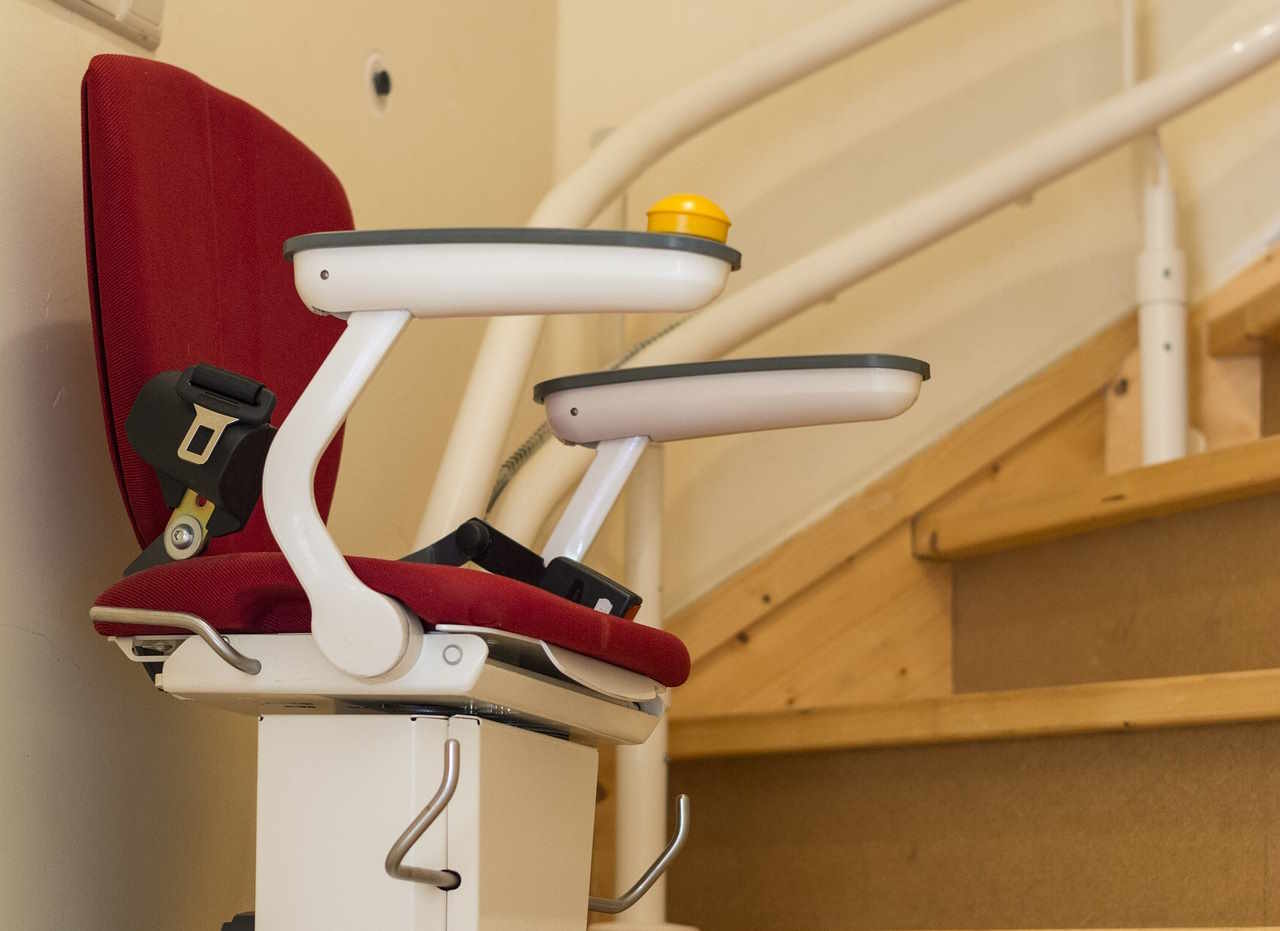Pioneering the Future: The Role of Industrial 3D Printing in Business Operations
In the constantly evolving landscape of business and industry, 3D printing has emerged as a game-changer. Its innovative approach to manufacturing has disrupted traditional production methods, paving the way for a new era of industrial operations. This article will delve into the world of 3D printing, its impact on businesses, and the challenges it presents.

An Overview of Industrial 3D Printing
3D printing, also known as additive manufacturing, is a process that creates three-dimensional objects from a digital file. It was first introduced in the 1980s and has since revolutionized various industries, including aerospace, automotive, healthcare, and construction.
The technology operates by laying down successive layers of material until the object is complete. This method allows for a high degree of customization and complexity, a stark contrast to traditional manufacturing techniques.
The Current Landscape: 3D Printing and Business
In recent years, 3D printing has made significant strides in the business sector. It offers businesses the flexibility to produce parts and products on demand, reducing the need for large inventories and minimizing waste. Furthermore, it enables rapid prototyping, accelerating the product development process and fostering innovation.
Notably, 3D printing allows for localized production, potentially reducing shipping costs and environmental impact. This shift towards sustainable and efficient production aligns with the increasing demand for corporate sustainability.
The Impact: Benefits and Challenges
Despite its numerous advantages, 3D printing also presents challenges that businesses must navigate. The technology requires substantial initial investment, which may be a barrier for small companies. Moreover, it necessitates a skilled workforce capable of managing and maintaining the equipment.
However, the benefits of 3D printing often outweigh these challenges. The technology can enhance operational efficiency, reduce production costs, and foster innovation. With its potential to transform business operations, 3D printing is set to play an integral role in the future of industry.
Industrial 3D Printing: A Research Perspective
Research supports the value of 3D printing in business operations. According to a study published in the Journal of Manufacturing Systems, businesses that adopt 3D printing can reduce their production lead time by up to 90%. Another study in the Journal of Cleaner Production found that 3D printing can decrease waste by up to 70%.
Despite these promising findings, further research is needed to fully understand the long-term impact of 3D printing on business operations and the industrial sector as a whole.
Key Insights for businesses
-
Embrace 3D printing as a tool for innovation and operational efficiency.
-
Invest in workforce training to effectively leverage the technology.
-
Consider the cost-benefit ratio of adopting 3D printing, taking into account potential savings in inventory and shipping costs.
-
Stay abreast of the latest developments in 3D printing technology to maintain a competitive edge.
In summary, 3D printing is a transformative technology that holds immense potential for business operations. While it presents challenges, its benefits are significant. By embracing this technology, businesses can drive innovation, boost efficiency, and steer the path toward a sustainable future. The 3D printing revolution is here, and it’s reshaping the landscape of business and industry.




